Study on the effect of irregular weather on plant communities—based on linear regression model
DOI: 10.23977/erej.2023.070503 | Downloads: 16 | Views: 1450
Author(s)
Zhaoxu Yang 1, Yibo Wang 1, Lishang Deng 1
Affiliation(s)
1 School of Computer and Communication, Lanzhou University of Technology, Lanzhou, Gansu, 730000, China
Corresponding Author
Zhaoxu YangABSTRACT
The frequency and severity of droughts are increasing due to climate change, which poses significant challenges for plant communities to adapt to different climate changes. To predict the effects of unpredictable weather on these communities, this study collected data on temperature, precipitation, evapotranspiration, soil water storage, species number, different species and their types, pollution level, and plant habitat area in Inner Mongolia's Baotou region. A regression model was developed to accurately predict the survival time of plant communities during the dry and rainy seasons, taking into account the interactions between different species, thus accurately reflecting the real ecosystem. This study provides a model to predict the survival time of plant communities, offering new insights into the stability and viability of ecosystems.
KEYWORDS
Biodiversity; Plant community; Drought adaptation; Number of speciesCITE THIS PAPER
Zhaoxu Yang, Yibo Wang, Lishang Deng, Study on the effect of irregular weather on plant communities—based on linear regression model. Environment, Resource and Ecology Journal (2023) Vol. 7: 18-25. DOI: http://dx.doi.org/10.23977/erej.2023.070503.
REFERENCES
[1] Yang, Y . , Liu, WG. , Huang, TW, &Yang, YR. (2023). Similarities and differences in the rhizosphere biota among different ephemeral desert plants in Gurbantunggut Desert. Environmental Sciences Europe, 35, 1.
[2] Cao, MW. , Jia, T. , Mi, J. , Jing, JH, &Chai, BF . (2019). Relative roles of niche and neutral processes on turnover of plant, fungal and bacterial communities in arid and semi-arid areas at the regional scale. Basic and Applied Ecology, 40, 43-54
[3] Makunina, N. , Telyatnikov, M, &Zibzeev, E. (2019). On plant communities of arid regions of Altai-Sayan mountains. Results And Prospects Of Geobotanical Research In Siberia, Dedicated To The 75th Anniversary Of The Laboratory Of Ecology And Geobotany Of Csbg Sb Ras 2019, 16
[4] He, XR. , Arif, M. , Zheng, J. , Ni, XL . , Yuan, ZX . , Zhu, Q . , Wang, JF. , Ding, DD , &Li, CX. (2023) Plant diversity patterns along an elevation gradient: the relative impact of environmental and spatial variation on plant diversity and assembly in arid and semi-arid regions. Frontiers in Environmental Science, 11.
[5] Al-Namazi, Ali A. , Bonser, Stephen P. (2022)Island biogeography, competition, and abiotic filtering together control species richness in habitat islands formed by nurse tree canopies in an arid environment. ommunicative & integrative biology, 15, 1, 232-239
[6] Zhao, Y. (2022). Regulation of plant diversity on soil fungal community response to drought and plant invasion (Master's thesis). Huazhong Agricultural University.
[7] Liu, H., Hu, G., Gan, Z., Ji, G, & Wang, Z. (2023). Response mechanisms of functional diversity of alpine meadow plant communities to drought in different growth stages. Ecology, 13:50.
[8] Logan, JR. , Jacobson, KM. , Jacobson, PJ, & Evans, SE. (2021). Fungal Communities on Standing Litter Are Structured by Moisture Type and Constrain Decomposition in a Hyper-Arid Grassland. Frontiers in Microbiology, 12.
[9] Qiu, B., Song, L., Teniu, S., Chen, J, & Shi, Y. (2022). Response of plant community traits in Inner Mongolian meadow grassland to extreme drought. Sichuan Forestry Science and Technology, August 15, 2022.
[10] Duan, D. (2022). Effects of drought and its soil legacy on the growth of typical grassland plants in the Loess Plateau (Doctoral dissertation). Lanzhou University.
| Downloads: | 5909 |
|---|---|
| Visits: | 433432 |
Sponsors, Associates, and Links
-
International Journal of Geological Resources and Geological Engineering
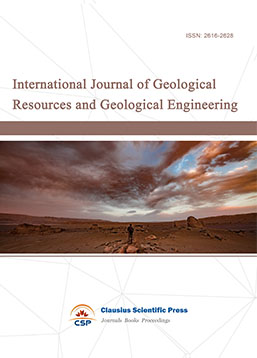
-
Big Geospatial Data and Data Science

-
Solid Earth and Space Physics

-
Environment and Climate Protection
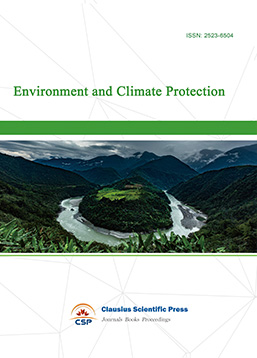
-
Journal of Cartography and Geographic Information Systems

-
Offshore and Polar Engineering

-
Physical and Human Geography
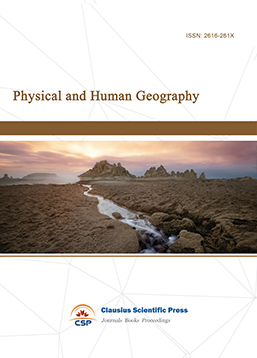
-
Journal of Atmospheric Physics and Atmospheric Environment
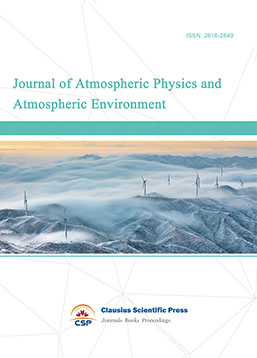
-
Trends in Meteorology

-
Journal of Coastal Engineering Research
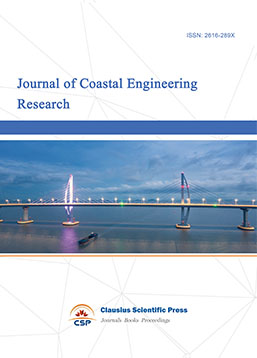
-
Focus on Plant Protection
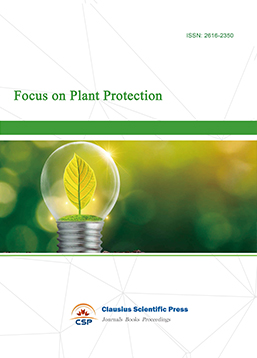
-
Toxicology and Health of Environment
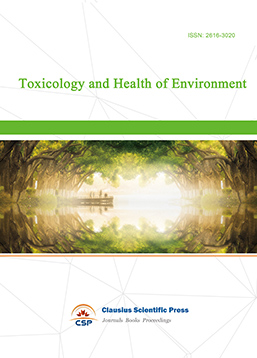
-
Geoscience and Remote Sensing
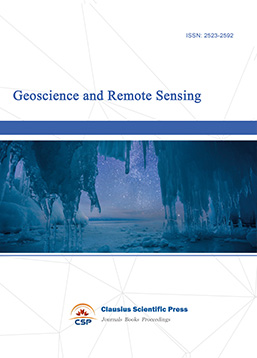
-
Advances in Physical Oceanography

-
Biology, Chemistry, and Geology in Marine
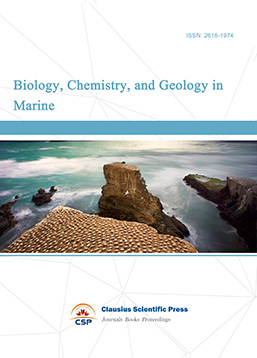
-
Water-Soil, Biological Environment and Energy

-
Geodesy and Geophysics

-
Journal of Structural and Quaternary Geology
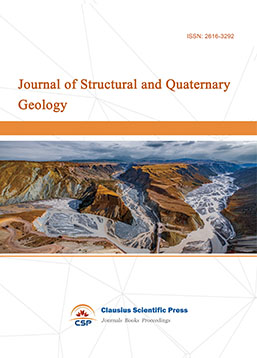
-
Journal of Sedimentary Geology

-
International Journal of Polar Social Research and Review


 Download as PDF
Download as PDF